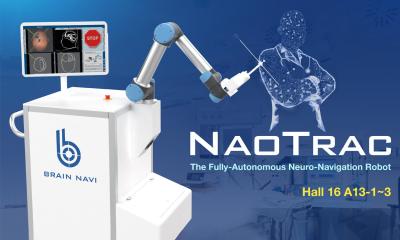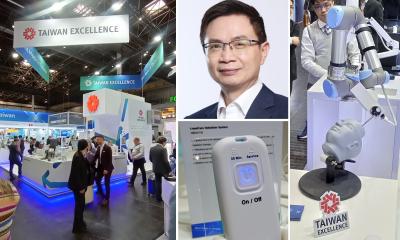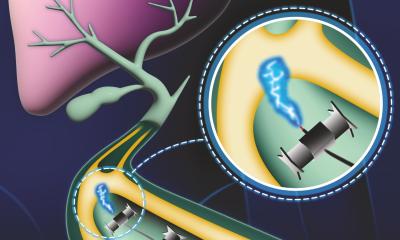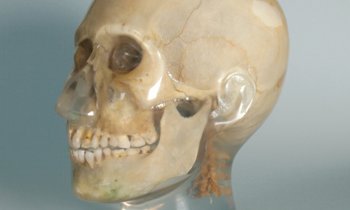Surgical lighting
The new Chromophare F Generation
Berchtold has been among the world’s leading manufacturers of quality surgical equipment for almost 90 years, today offering operating theatre lights, tables, ceiling supply units, video and camera systems, information and communications systems and customised surgical solutions. Recently the firm launched a radically new surgical lighting system. We sked Jochen Weisser, the firm’s technical director, what triggers the birth of such concepts.

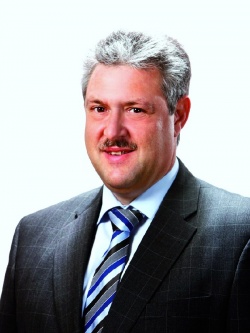
Speaking of the origins of the Chromophare 5 Generation system, Jochen Weisser recalled that initially requests had come from various sources. ‘Sales wanted to offer something new, marketing were asking for another product with a unique market position and our development department had already been working for a while on the revolutionary idea of marketing a completely new lighting technology.’
Where there market demands that influenced the development?
‘LED operating theatre lights are in demand and the trend. Customers want to buy them, even though they are more expensive than, for example, our halogen or gas discharge light, which provide a comparable light output. Apart from this, we were no longer 100% satisfied with our previous LED lighting range. It was obvious what was required of us: a high performance product that offers the best conditions for working in the operating theatre.’
How long did it take from initial concept to the now marketable Chromophare F Generation?
The LED light system was intensively developed and tested for two and a half years, a period in which new ideas occur that cannot be added in, he explained. ‘So that leads to new ranges. We try to keep development cycles very short. For a developer this means they are busy with new ideas, at the latest, when the new product is on the market.’
What was the biggest challenge during the F Generation production?
‘Our traditional Chromophare light was equipped with a large reflector and a central light source in the middle. With this we have been offering the best surgical light with optimum depth of illumination for decades. ‘In previous LED lights on the market, light from warm and cold white LEDs mixed outside the light head in the surgical field, which caused coloured hue shadows there. That was our challenge: to effect a mixing of light within the light head using the reflector to eliminate these coloured hue shadows. ‘For this purpose we combined proven LED technology with a new reflector technology. We also had this patent protected. The LEDs shine from the side into the reflector and this mixes the light inside the light head. The already mixed, and thereby homogeneous, light then shines into the surgical field.’
Who is key in the creation of a new lighting range?
‘Twelve people work in our project team. Quality Assurance does the product testing. Here it is principally about compliance with standards and the delivery conditions of our component suppliers. ‘The core team also includes representatives from the field of electronics, software engineers and lighting technicians as well as a product designer. ‘The manufacturing and servicing departments are also involved, so that the product is good to produce and easy to service in use. Technical and strategic purchasing and product management also play a role. ‘All these disciplines enrich the development process and contribute significant aspects.’
The E Series of Chromophare LED lights won a ‘red dot’ quality seal in 2009. What makes a good design?
‘Surgical lights should look appealing, offer outstanding lighting of the surgical area, be user friendly, reliable and easy to clean. ‘The product designer avoided grooves, sharp edges and screws and created smooth surfaces that facilitate cleaning. We also carried out cleaning studies in the operating theatre with a prototype. That shows us what causes problems in the light head. Surgeons tested the handling of the lights in the theatre: The correct handling technology provides the basis for the design.’
20.12.2011



